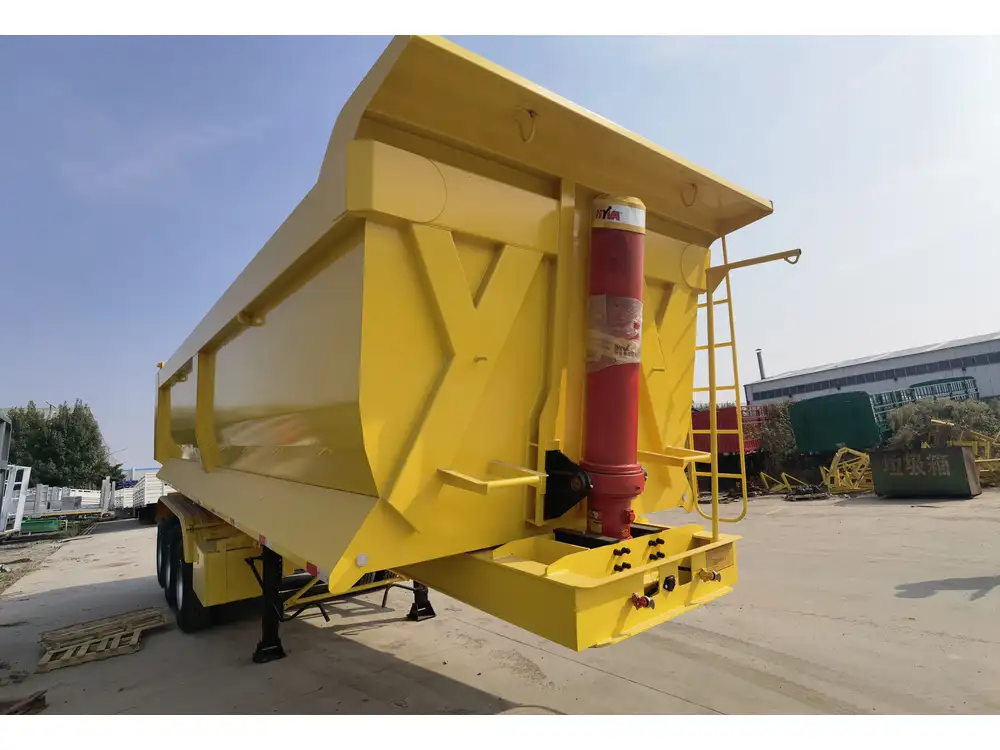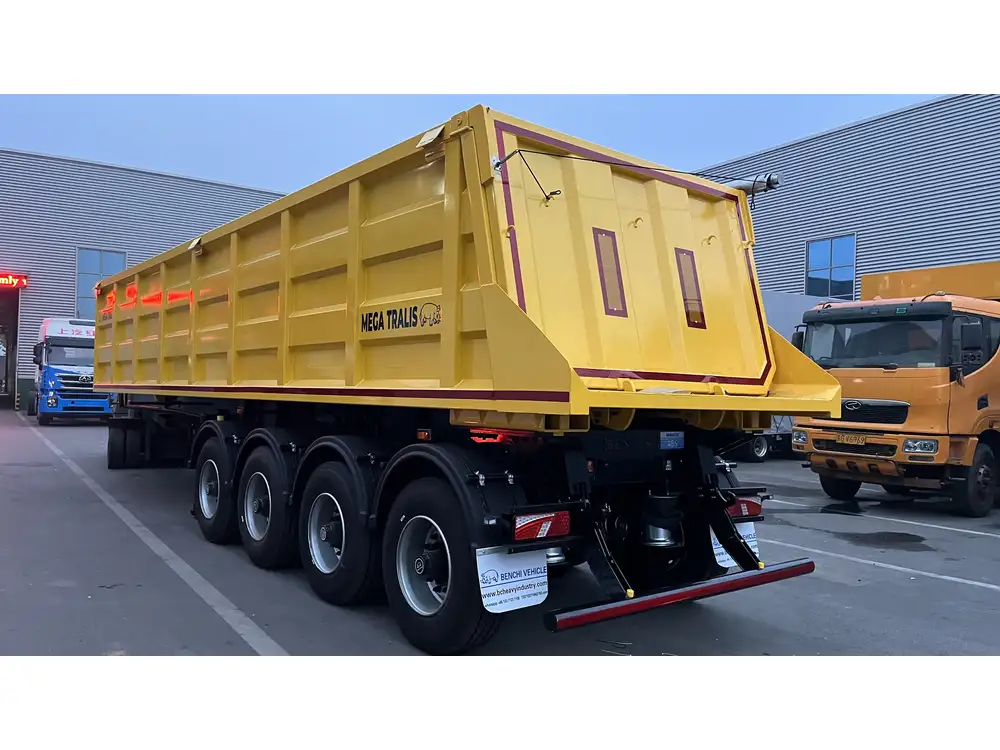The performance of a semi-truck, specifically its speed capabilities, is a pivotal aspect that garners significant interest from truckers, fleet managers, and automotive enthusiasts alike. Understanding the speed limitations of a semi-truck when operating without a trailer can provide valuable insights into its mechanical performance, fuel efficiency, and overall design. This comprehensive article delves into various factors influencing the speed of a semi-truck, its engine capabilities, aerodynamic properties, and some comparisons with other vehicles, guiding you through the intricacies of this topic.
The Basics: Truck Specifications and Speed
1. Average Speed Limits for Semi-Trucks
When loaded, semi-trucks are subject to specific regulations determining their maximum speed on highways and interstates. However, when navigating the roads without a trailer, an intriguing transformation occurs.
- Typical Speed Limits: Most commercial semi-trucks are limited to a maximum speed of around 65-70 mph by regulations or manufacturer settings.
- Without Trailer Capabilities: In conditions devoid of trailer weight, these trucks can reach speeds upwards of 80 mph, depending on engine power and configurations.

2. Engine Power and Performance
The engine is the heart of any vehicle, playing a critical role in speed and performance. Let’s analyze the components that contribute to the potential speed of a semi-truck.
| Engine Type | Horsepower | Torque | Max Speed without Trailer |
|---|---|---|---|
| Diesel (Commonly used) | 400 – 600 hp | 1,200 – 2,000 lb-ft | 80 – 90 mph |
| Natural Gas | 300 – 500 hp | 900 – 1,400 lb-ft | 70 – 85 mph |
| Alternative Fuels (Hybrid) | 250 – 450 hp | 800 – 1,200 lb-ft | 65 – 80 mph |
3. Transmission Variability
Transmissions play a defining role in speed performance. Semi-trucks are typically equipped with either automatic or manual transmissions.
- Automatic Transmissions: Automatic transmissions shift gears seamlessly and can enhance acceleration, thus potentially increasing speed without a trailer.
- Manual Transmissions: Certain drivers prefer manual shifts for better control, particularly when racing against speed benchmarks.
Factors Affecting Speed Without a Trailer
Several dynamics play into how fast a semi-truck can drive unaided by the load of a trailer. Here’s a breakdown of the most significant influences:

1. Weight Distribution
Without the weight of a trailer, the semi-truck’s weight significantly decreases, allowing for enhanced acceleration.
Key Considerations:
- Payload Regulation: Typically, a full semi-truck and trailer can weigh up to 80,000lbs combined; without the trailer, this weight is reduced drastically.
- Chassis Design: The structural integrity of the truck frame will support higher speeds without undue strain.
2. Aerodynamics
Aerodynamic efficiency plays a vital role in achieving higher speeds. Trucks are not traditionally known for their aerodynamics, but design innovations have propelled advancements in this area.
- Cab and Trailer Design: Streamlined designs reduce air resistance, allowing for better fuel economy and potential speed increases. When a truck is unhitched from a trailer, its aerodynamics can be optimized.
- Wind Resistance: Airflow against the truck can become a significant factor influencing speed, especially at higher velocities.
3. Tire Specifications
Did you know that the type of tires mounted on a semi-truck can affect its speed performance? When evaluating the specifications, consider:
| Tire Type | Max Speed Rating | Optimal Pressure | Impact on Speed |
|---|---|---|---|
| Standard Truck Tires | 75 mph | 100 psi | Good Load Protection |
| Low Rolling Resistance Tires | 80 mph | 110 psi | Enhanced Efficiency |

4. Driving Conditions
Driving conditions can markedly affect speed. Whether it’s the terrain, weather, or road surface, each aspect plays a part.
- Uphill vs Flat Roads: Challenges like inclines can impede speed, while flat surfaces allow maximized acceleration.
- Weather Conditions: High winds, rain, or snow can create road safety hazards, ultimately affecting the truck’s speed and handling.
Comparison with Other Vehicles
To contextualize how fast a semi-truck can go without a trailer, it’s beneficial to compare its performance against other vehicular types:
| Vehicle Type | Average Speed (No Load) | Acceleration Capacity | Use Case |
|---|---|---|---|
| Passenger Vehicles | 120 mph | Ergonomic handling | Individual transport |
| Pickup Trucks | 100 mph | Moderate handling | Light hauling, personal use |
| Small Freight Trucks | 85 mph | Limited cargo capacity | Localized freight movement |
Semi-Truck Speed Records and Real-World Examples
Real-world data and records can paint a vivid picture of the semi-truck’s capabilities. A few notable instances include:

1. The “World’s Fastest Truck”
- Record Holder: A modified Volvo truck reached speeds of 171.5 mph.
- Implications: This record demonstrates what performance-enhanced trucks can achieve, leveraging aftermarket enhancements and tuning.
2. Typical Fleet Performance
- Fleet Averages: Most fleet operations experience maximum speeds around 80 mph under ideal conditions without a trailer.
- Safety Considerations: Despite the potential for higher speeds, drivers adhere to speed regulations for safety and operational efficiency.
Conclusion: Practical Implications of Speed
Understanding the speeds that semi-trucks can achieve without trailers can offer numerous takeaways for various stakeholders in the transportation industry.

Key Takeaways:
- Efficiency and Safety: While speed is alluring, efficiency and safety remain paramount in operations.
- Calculating Load Dynamics: Potential speeds vary based on load characteristics; knowing this can empower strategic operational decisions.
Whether you’re a driver, fleet manager, or merely an enthusiast, the capabilities of semi-trucks extend beyond mere numbers. By comprehensively understanding their performance dynamics, users can optimize operational efficiencies, improve safety protocols, and appreciate the engineering marvel that these vehicles represent.
In the ever-evolving world of transportation, knowledge is an invaluable asset. These insights help not only in optimizing performance but also serve to enhance the safety and reliability of road transport operations.



